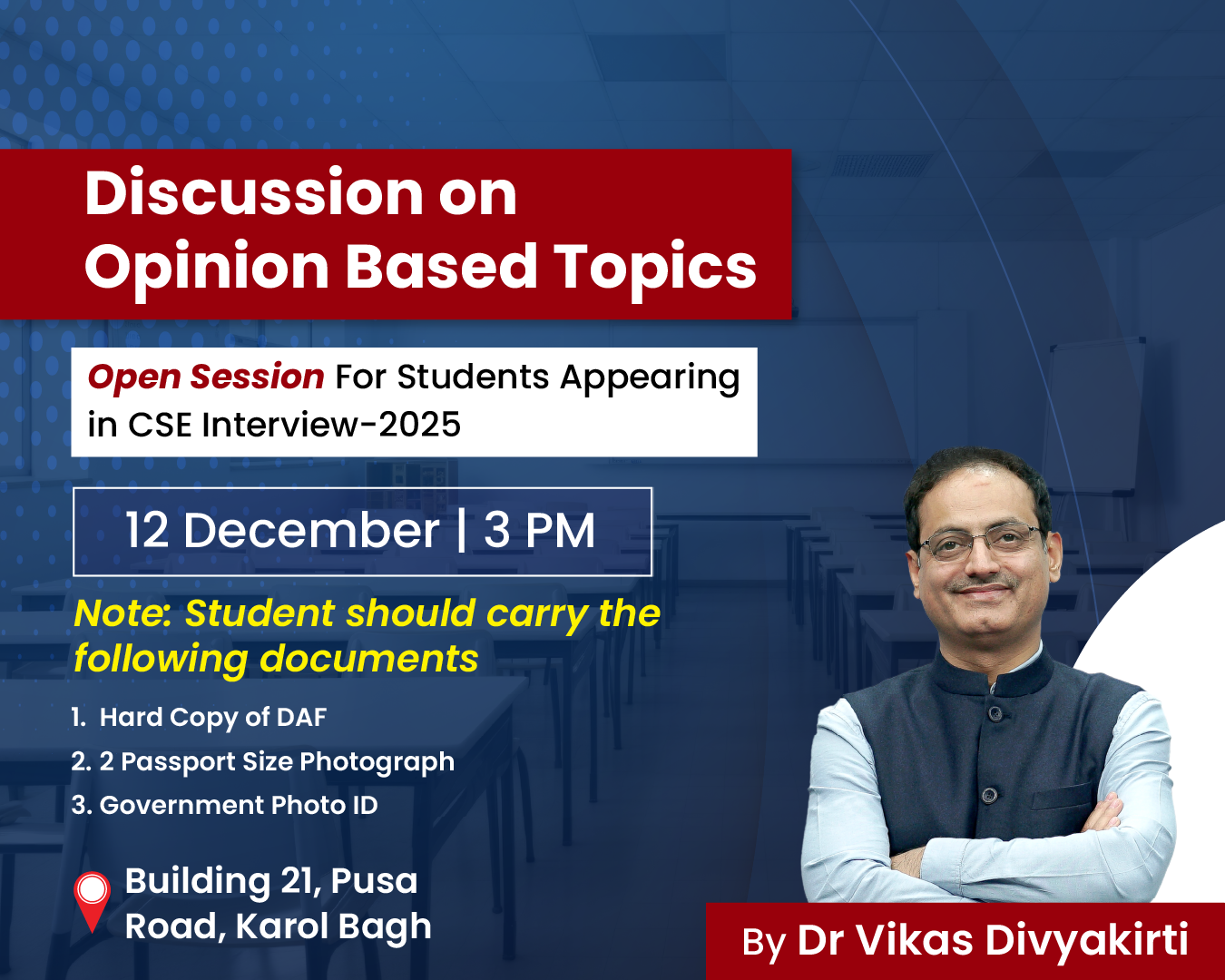-
18 Jul 2025
GS Paper 3
Science & Technology
Day 29: What are the potential applications and challenges of integrating Artificial Intelligence (AI) in the Indian economy? Discuss its impact on sectors such as agriculture, education, and healthcare. (250 words)
Approach:
- Briefly introduce AI’s significance and recent growth data in India.
- In the body, mention advantages of AI and the main challenges hindering its adoption.
- Conclude suitably.
Introduction:
Artificial Intelligence (AI) is becoming central to India's digital and economic transformation. With the domestic AI market expected to grow threefold to $17 billion by 2027 and a workforce of over 600,000 professionals, AI is revolutionizing traditional sectors and driving inclusive growth. Its integration into agriculture, education, and healthcare has the potential to bridge developmental gaps and promote evidence-based policymaking.
Body:
Applications and Impact of AI in Indian Economy:
- Agriculture and Food Security:
- AI applications such as drone-based crop monitoring, predictive yield modeling, soil health analysis, and automated irrigation systems are transforming farming practices.
- Platforms like CropIn and KisanGPT provide real-time advisories on pest control, market trends, and weather updates.
- This promotes precision farming, reduces wastage, and ensures better income for farmers, especially smallholders.
- AI also helps in supply chain optimization and cold storage planning, reducing post-harvest losses.
- Healthcare Innovation and Access:
- AI is improving early diagnosis through AI-enabled radiology, pathology, and genomics analysis.
- Tools like AI-based breast cancer screening (Niramai) and AI chatbots for mental health assist in large-scale population screening and awareness.
- In rural and underserved areas, telemedicine platforms with AI triage systems offer remote consultations, enhancing accessibility and reducing dependency on urban centers.
- AI supports hospital resource planning, drug discovery, and management of non-communicable diseases.
- Education and Skill Personalization:
- AI-enabled adaptive learning platforms such as Byju’s and ConveGenius personalize content, track learning outcomes, and identify weak areas for students.
- AI chatbots support multilingual education and inclusive learning for students with disabilities.
- It also aids in curriculum development, teacher training, and bridging the urban-rural education divide.
- Additional Economic Applications:
- Governance: Real-time grievance redressal, traffic optimization, and AI in e-governance improve transparency.
- Fintech: Enhanced credit scoring, fraud detection, and customer profiling promote financial inclusion.
- Manufacturing: Predictive maintenance, supply chain planning, and energy efficiency are enhanced through AI systems.
- Language Access: Natural Language Processing (NLP) tools enable access to services in regional languages, improving digital literacy.
Challenges Hindering Integration:
- Digital Infrastructure Gaps: Limited internet and computing power in rural areas restrict AI access.
- Skilling and Talent Shortage: Lack of domain-specific AI professionals, especially in Tier-II and III institutions.
- Data Privacy and Availability: Inadequate annotated datasets, concerns over bias, and insufficient anonymization mechanisms.
- Regulatory and Ethical Concerns: Absence of a robust AI-specific law leads to opacity, misuse, and algorithmic bias.
- Cost and Awareness Barriers: MSMEs and public institutions struggle with high adoption costs and limited awareness.
- Explainability and Trust Issues: Many AI models function as black-box systems, leading to resistance in sensitive domains like health and law enforcement.
Conclusion:
AI holds immense promise in transforming India’s core economic sectors. However, its adoption must be guided by a balanced framework that ensures ethical, inclusive, and equitable deployment. Strengthening digital infrastructure, investing in AI education, and enacting robust regulatory mechanisms are essential to maximize its benefits while safeguarding against risks.





